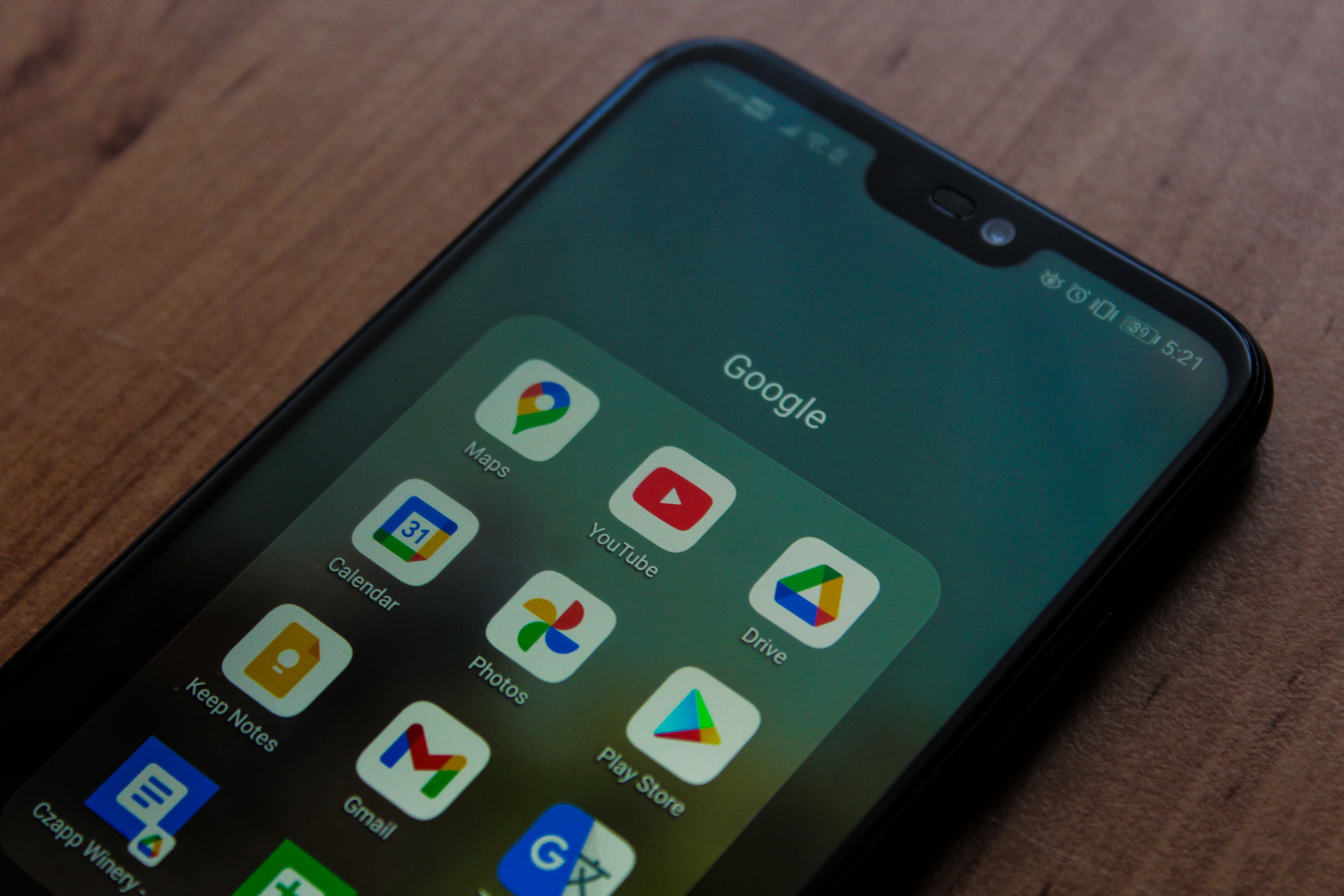Supercharge Your Android App: Insider Insights & Innovations

The Android app landscape has evolved rapidly over the years. In the early days, Android apps were often clunky and slow, with poor user interfaces. However, as the platform has matured, Android apps have become more sophisticated and user-friendly.
One of the key drivers of this evolution has been the increasing demand for high-quality mobile experiences. Users now expect their apps to be fast, responsive, and visually appealing. They also want apps that are tailored to their individual needs and preferences.
To meet these demands, Android developers have had to adopt new technologies and best practices. This has led to the development of several innovative techniques for supercharging Android apps.
Embracing Innovation: Why Supercharging Matters
Supercharging your Android app is essential if you want it to succeed in today’s competitive market. By optimizing your app for performance, UX, and security, you can give it a competitive edge and attract more users.
There are several reasons why supercharging your Android app matters. First, it can help you improve your app’s performance. This is important because users expect their apps to be fast and responsive. If your app is slow or crashes frequently, users will quickly abandon it.
Second, supercharging your app can help you improve its UX. This is important because users want apps that are easy to use and navigate. If your app’s UX is poor, users will be less likely to use it.
Third, supercharging your app can help you improve its security. This is important because users want to be sure that their data is safe when they use your app. If your app is not secure, users will be less likely to trust it.
Several core elements are essential for supercharging your Android app these include:
Optimizing user experience (UX): This involves creating an app that is easy to use, navigate, and visually appealing.
Harnessing performance excellence: This involves optimizing your app’s performance so that it is fast, responsive, and uses resources efficiently.
Revolutionary innovations in Android app development: This involves using the latest technologies and best practices to create cutting-edge apps.
User-centric design and personalization: This involves designing apps that are tailored to the individual needs and preferences of users.
Security and privacy in the app ecosystem: This involves safeguarding user data and protecting apps from malware and unauthorized access.
Mastering app monetization: This involves choosing the right monetization model and implementing strategies to keep users engaged and willing to pay.
Integration of emerging technologies: This involves embracing new technologies such as AR, VR, machine learning, and IoT to create innovative and engaging apps.
Enhancing accessibility and inclusivity: This involves ensuring that your apps are accessible to all users, regardless of their abilities.
Future trends and beyond: This involves staying ahead of the curve and adopting new technologies and best practices as they emerge.
Optimize user experience (UX): This includes creating a user-friendly interface, streamlining onboarding, and ensuring that your app is responsive across devices.
Harness performance excellence: This means optimizing your app’s resource usage and code efficiency to improve its speed and performance.
Embrace revolutionary innovations: This involves using the latest technologies and best practices, such as Kotlin and Android Jetpack, to create more powerful and efficient apps.
Personalize your app: This means tailoring your app to the individual needs and preferences of your users, such as their location and interests.
Secure your app: This includes safeguarding user data and protecting your app from malware and unauthorized access.
Monetize your app: This means choosing the right monetization model and implementing strategies to keep users engaged and willing to pay.
Integrate emerging technologies: This involves using new technologies such as AR, VR, and machine learning to create more immersive and engaging experiences.
Enhance accessibility and inclusivity: This means ensuring that your app is accessible to all users, regardless of their abilities.
By following these key elements, you can supercharge your Android app and give it a competitive edge in the market.
Use a continuous integration and continuous delivery (CI/CD) pipeline: This will help you automate the testing and deployment of your app, which can help you improve its quality.
Use analytics to track user behavior: This will help you understand how users are using your app and identify areas where you can improve the experience.
Get feedback from users: This is essential for understanding what users want and need from your app. You can get feedback through surveys, interviews, and social media.
Stay up-to-date on the latest trends: The Android platform is constantly evolving, so it’s important to stay up-to-date on the latest trends and technologies. This will help you create apps that are relevant and engaging to users.
By following these tips, you can supercharge your Android app and give it the best chance of success.
Conclusion
Supercharging your Android app is an ongoing process. As the platform evolves and new technologies emerge, you will need to adapt your app to stay ahead of the competition. However, by following the core elements outlined in this article, you can create high-quality Android apps that will delight users and keep them coming back for more.



